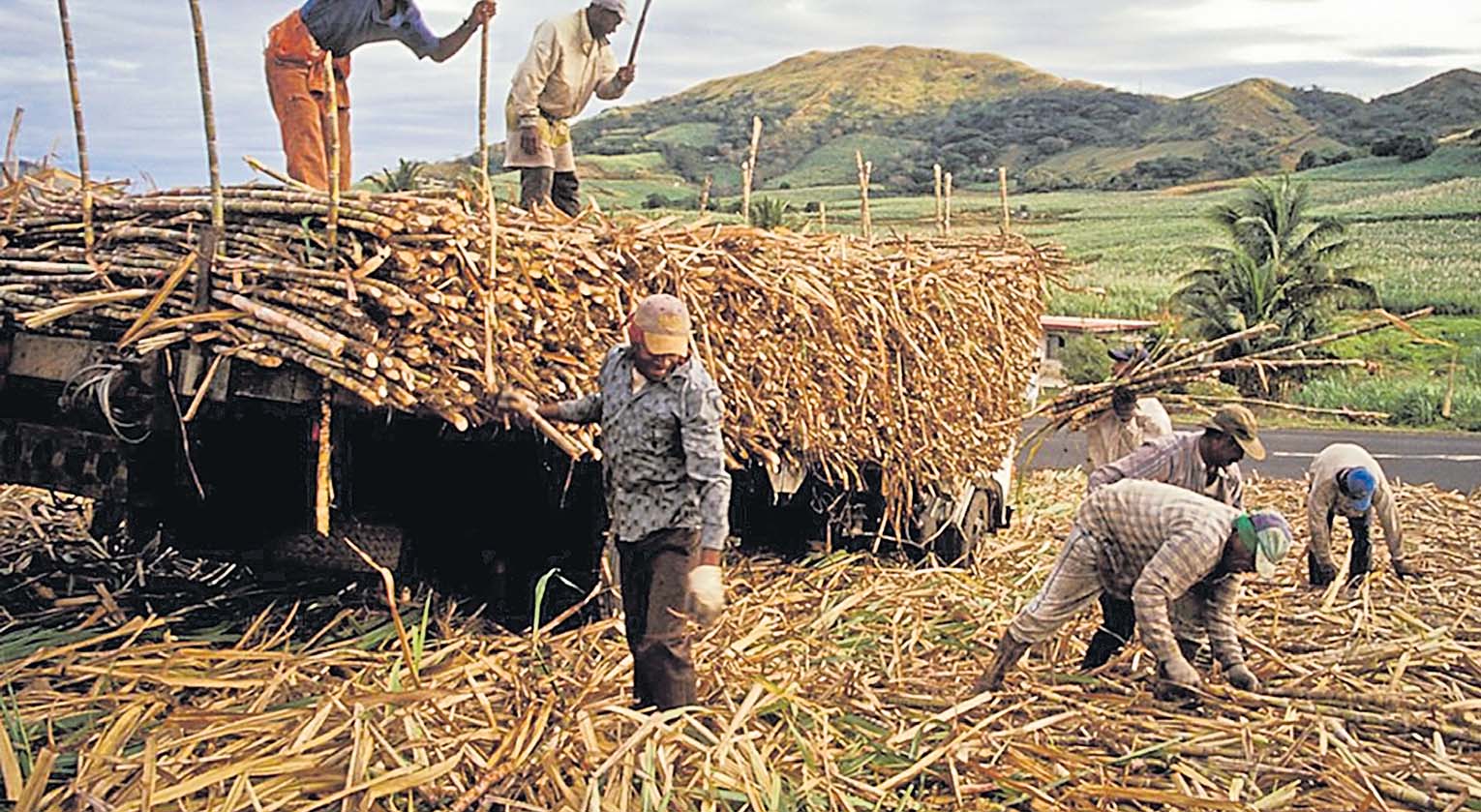Recent remarks by the Minister for Sugar Charan Jeath Singh have prompted me to write this article. At the heart of the issue are the minister’s public comments, particularly his speech and statements circulating in the media.
The minister highlighted that there is too much ego-driven conflict among key institutions within the sugar industry, namely the Fiji Sugar Corporation (FSC), Sugar Cane Growers Council, Sugar Cane Growers Fund, and the Sugar Research Institute of Fiji. As an example, he pointed to the FSC’s refusal to share crucial data with other stakeholders in the industry.
There are only two likely reasons why the Fiji Sugar Corporation (FSC) would withhold such information:
n Either they are overly proud of their data-gathering capabilities and believe the information should remain proprietary, or;
n They lack confidence in the accuracy and reliability of the data they have collected.
The minister was reportedly furious with the Acting Permanent Secretary for Sugar after the media was not invited to the event.
Fiji Sugar Cooperation
FSC is a government-owned company and the main entity responsible for managing Fiji’s sugar industry.
Established in 1973, the FSC owns and operates the country’s four major sugar mills located in Lautoka, Rarawai (Ba), Labasa, and Penang (Rakiraki) since closed.
Its core functions include:
m Processing sugarcane into raw sugar;
m Managing mill operations and logistics;
m Overseeing sugar production and exports; and
m Supporting cane farmers through technical and operational services
While FSC’s infrastructure has declined over the years, it has maintained a significant presence in the field through the continued operation of its Sector Offices.
In addition to its rail transportation system, FSC operates a fleet of trucks that assist farmers in transporting sugarcane to the mills. It also owns mechanical harvesters, which are used both on FSC-owned estates and, where permitted, to harvest cane for independent farmers.
Unfortunately, the FSC has not been proactive in providing critical industry data, such as sector-wise or farmer-specific production figures. Instead, it often relies on assumption-based reasoning to explain the ongoing decline in sugar production.
Its reports have started to sound like a broken record, focused more on blaming the problems rather than offering concrete solutions to the challenges facing the industry.
I suspect they remain too heavily influenced by the mindset of the previous government, making it increasingly difficult for them to change course.
Sugar Cane Growers Council
The Sugar Cane Growers Council (SCGC) is a statutory body in Fiji established under the Sugar Industry Act, primarily to represent and protect the interests of registered sugarcane growers across the country.
The key role and responsibility of the SCGC is to represent growers in negotiations and consultations with FSC, the government, and other industry stakeholders, advises growers on matters related to cane farming, harvesting, payments, and industry reforms, acts as a mediator in disputes between growers and FSC or other industry bodies, provides feedback and recommendations on policies, legislation, and regulations affecting cane farmers.
Governance
Currently, the council is managed by the CEO and his staff and is governed by a board appointed by the government. This board comprises two regional commissioners and representatives from Fairtrade-affiliated associations.
Soon after the appointment of the current board — which includes farmers and executives of the SCGC — members participated in an exclusive program in India, conducted under the Indian Technical and Economic Cooperation (ITEC) initiative by the Government of India.
Based on available public information and statements from SCGC officials, there is no concrete evidence yet that the trip to India has had a direct or measurable impact on the Fijian sugar industry.
Neither the council CEO nor any board members have addressed or commented on the council’s lack of performance following the trip to India.
Reports have also emerged suggesting that the CEO and chairman of the council recently undertook a fully paid trip to MIOT Hospital in India.
There are increasing indications that the council is operating in isolation, with many of its core responsibilities seemingly being assumed by the SCGF.
The council has fully equipped office in every district which is suppose to serve farmers.
Sugar Cane Growers Fund
The Sugar Cane Growers Fund (SCGF) is a statutory financial institution in Fiji, established under the Sugar Cane Growers Fund Act of 1984 (with roots going back to a price support fund from 1946).
Its main purpose is to provide affordable loans and financial support to registered sugar cane growers. It also operates a subsidiary, South Pacific Fertilisers, and invests funds to support the industry.
In June 2025, SCGF approved an unprecedented $1.5 million in loans —double the usual monthly amount. A single open day in Labasa saw $230,000 approved in one day, reflecting increased trust and demand from farmers.
The Sugar Cane Growers Fund is positioning itself as a proactive and farmer-centred institution.
Recent efforts show strong growth in loan distribution, diversification of assets, interest relief, and meaningful support services for growers.
By forging private partnerships and advocating regulatory reform, the fund appears to be stepping firmly into roles traditionally shared with or separate from the council.
Services that were traditionally the responsibility of the Sugar Cane Growers Council are now being provided by the Sugar Cane Growers Fund. These include;
m Organising consultations with growers;
m Hosting open days;
m Awards nights for farmers;
m Administering insurance schemes for growers;
m Distributing government grant assistance; and
m Coordinating the distribution of work wear (farmers’ work pants) funded by an Australian donor
This shift highlights the fund’s increasing role in farmer engagement and support, which historically fell under the council’s mandate.
The fund has effectively established its infrastructure and extended its outreach by setting up offices in all farming districts across the country.
The 3-legged industry
One clear advantage for the sugar industry is that all three key institutions — FSC, SCGC, and SCGF — have well-established, interactive infrastructures in all farming districts. Given this, the question arises: Why can’t these three entities collaborate more effectively for the betterment of the industry?
Answer:
Poor leadership driven by past practices with the notable exception of the SCGF.
n SAILESH NAIDU is business consultant, former banker and trade unionist. The views expressed are his and not necessarily shared by this newspaper.






